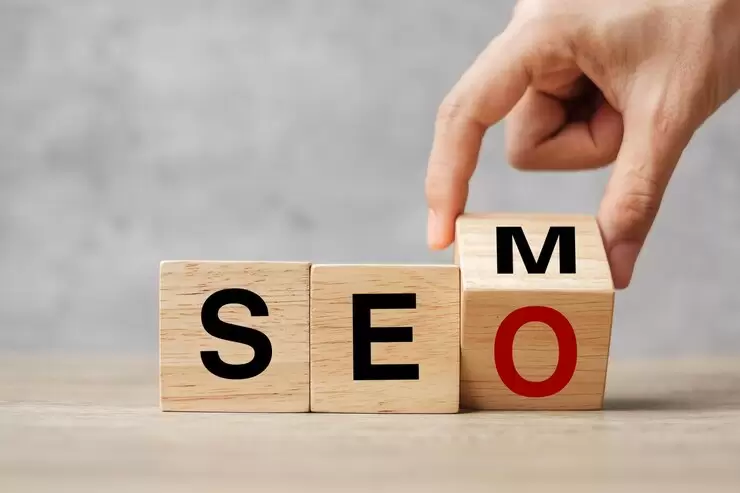The differences between SEO (Search Engine Optimization) and SEM (Search Engine Marketing) refer to two different strategies used to increase your website's visibility in search engines. The goal of both methods is to rank higher in search results and attract more traffic, but there are a few key differences between these methods.
SEO (Search Engine Optimization)
SEO is the process of optimizing your website for better indexing and ranking by search engines. The main features of SEO are:
Key Features of SEO
Organic Results:
SEO focuses on organic search results. These results are achieved naturally, that is, without advertising.
Organic traffic comes when users search on search engines and click on your site among the results.
Long Term Strategy:
SEO results take time. It can take weeks, months or even years to get results.
It can provide high value traffic in the long run and should be continuously optimized.
Technical and Content Optimization:
On-Site SEO: Meta descriptions, titles, URL structure, internal links and content optimization.
Off-Site SEO: Backlinks, social signals, and getting other sites to link to your site.
A Continuous and Improving Process:
SEO is an ongoing process and requires regular improvements to maintain and improve results.
SEO Methods
Keyword Research: Identifying and optimizing relevant keywords.
Content Creation: Creating quality, valuable and SEO friendly content.
Technical SEO: Optimizing the technical aspects of the site (mobile compatibility, page speed, sitemap, etc.).
Backlink Generation: Getting backlinks from high-quality and authoritative sites.
SEM (Search Engine Marketing)
SEM is a paid advertising strategy that involves search engine marketing. The main features of SEM are as follows:
Key Features of SEM
Paid Ads:
SEM involves placing in search results through paid advertisements.
Ads usually appear at the top or bottom of search results and are distinguished by a "Name" or "Sponsored" icon.
Quick Results:
SEM results are available immediately. When the advertising campaign starts, traffic can start flowing to your site immediately.
Ideal for short term campaigns.
Extensive Targeting Options:
Through SEM, you can target specific demographic groups, geographic locations, interests, and search behaviors.
Ads can be precisely targeted to a specific audience.
Budget Management:
It is possible to set a budget for SEM campaigns. Advertisers can manage their campaign costs and optimize for maximum return.
SEM Methods
Google Ads: Used to place paid advertisements in Google search results.
PPC (Pay-Per-Click): You pay for each click on ads. You only get paid when a user clicks on your ad.
Display Ads: Placing display ads on various websites and networks.
Remarketing: Showing ads again to users who first visited your site.
Key differences between SEO and SEM
Cost:
SEO: Profitable in the medium to long term, but requires time and resources for initial optimization.
SEM: Can bring immediate traffic but requires ongoing payment.
When:
SEO: Takes long time but gives long term results.
SEM: Gives quick results, but when the ad stops, traffic also drops.
Results:
SEO: Provides organic and sustainable traffic.
SEM: Provides fast and targeted traffic.
Management:
SEO: Requires continuous improvement and optimization.
SEM: Continuous monitoring and optimization of campaigns is required.
The result
SEO and SEM are different marketing strategies, each with their own advantages and disadvantages. It may be useful to use a combination of both strategies for best results. SEO is a great option for long-term results, while SEM is ideal for short-term campaigns and immediate traffic. Choose and implement your strategy according to your requirements and goals.


.webp)




